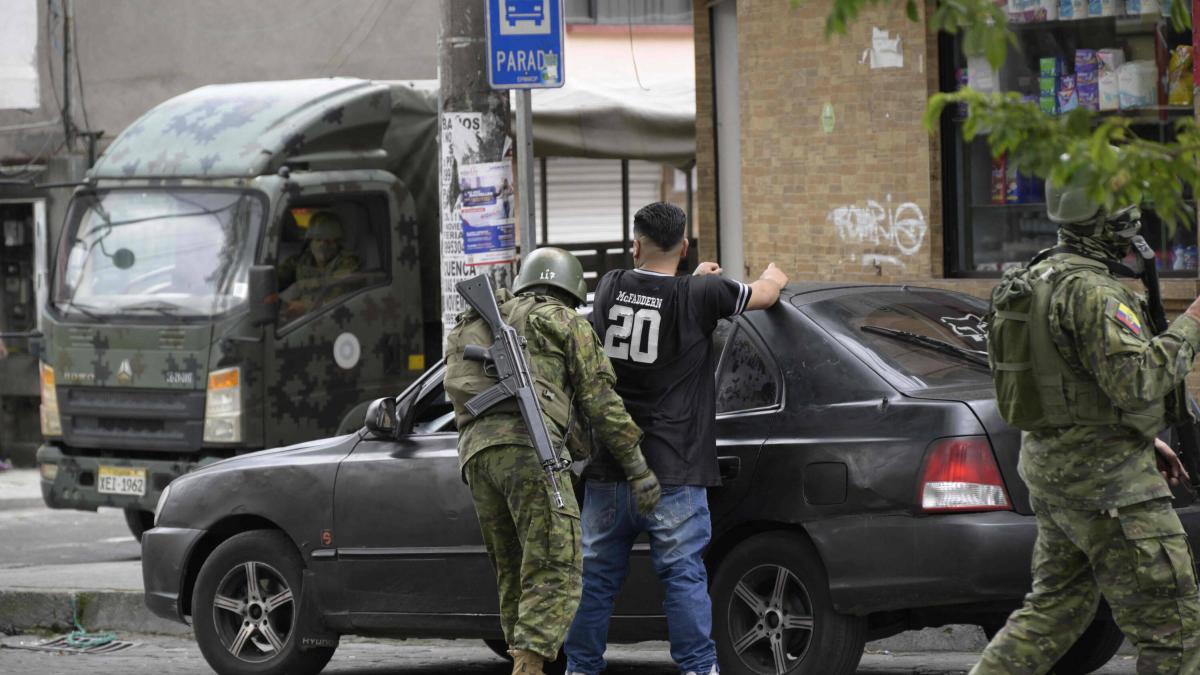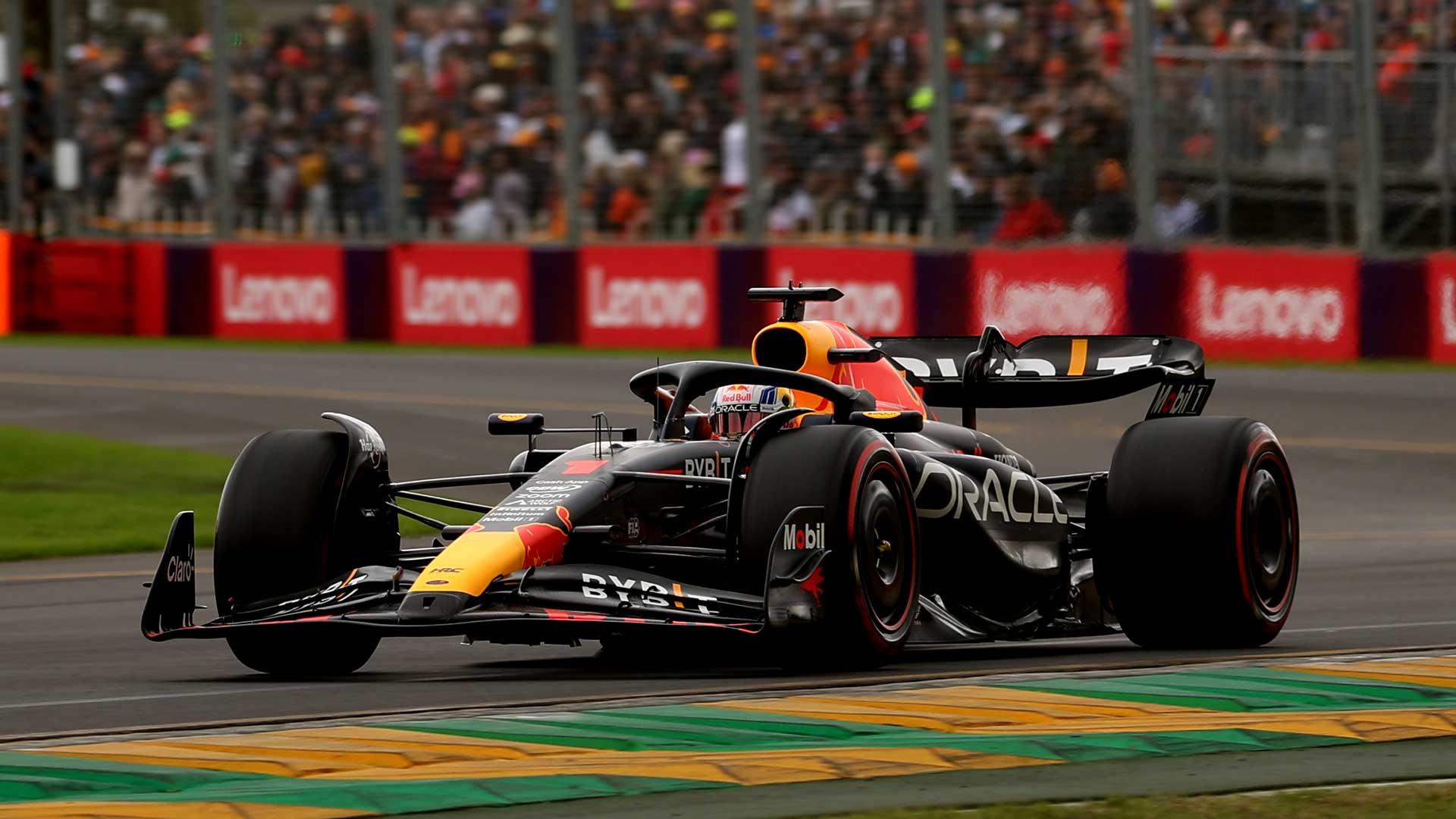Climate plans can be drawn up either by following the letter or the spirit of the government program, writes Piia Elonen, HS’s environmental producer.
2:00 | Updated 13.2. 6:08
Kind of making climate policy is pretty simple math.
If we look at Finns ‘own emissions related to housing, transport and agriculture, they would seem to be 22.8 million tonnes converted to carbon dioxide in eight years’ time. However, they should be 17.2 million tonnes, as such targets have been set. In 2030, there would therefore be an excess of 5.6 million tonnes of emissions.
In other words, the government’s climate policy is needed to reverse that 5.6 million tonnes of emissions.
A draft plan to reduce these emissions already exists. The language of climate policy is called Kaisu (Medium-Term Climate Policy Plan), and a new draft of Kaisu was published in December. This draft was published by the Climate Panel on Friday report estimates.
Read more: Climate panel publishes assessment of government’s adequacy – Markku Ollikainen: There is a carbon neutrality path, but additional reductions of up to one million tonnes are needed
The draft plan presents a range of means to deal with almost all excess emissions.
So everything is fine? Not exactly.
Can say that the plan will allow the government to meet the 2030 emissions targets by touching the bar. This can be said for four different reasons.
First, no special buffer has been created. On the contrary, the target falls short of the target, less than 2% of the required tonnes of emissions.
Second the buffer would also be useful in the sense that no one can promise that emissions will be exactly as predicted. If more emissions are generated in 2030 than forecast, more climate policy measures would be needed.
Third the means included in the range are also uncertain. The biggest entity is traffic. It should handle almost a quarter of the emission reduction contract.
One of the measures chosen is EU emissions trading. However, its passage is by no means certain. And even if emissions trading were to be introduced into traffic, its impact has been put in the draft plan at the top rather than the bottom, as the climate panel estimates.
“
The biggest entity is traffic. It should handle almost a quarter of the emission reduction contract.
According to the major climate act of transport, a further increase in the distribution obligation has also been listed, ie in practice instead of 30 per cent to 34 per cent. The percentage tells you how much renewable fuel needs to be blended into the fossil fuel.
Changing the percentages on paper will reduce emissions, but in real life the change will also mean higher fuel prices. Not a very easy political decision when fuels are now expensive anyway.
Prime minister Sanna Marin (sd) said Thursday in Parliamentthat the timetable for raising the distribution obligation “must now be looked at”.
Fourth it must be remembered that climate change will not stop in 2030 or that the fight against it will end then.
Various “flexibilities” have now been loaded into the climate plan. They are available from two sources: both the emissions trading side and the land use sector. In Finnish, it could be said that flexibility is obtained from the reductions made by industry and the carbon sink of forests.
The role of flexibility is big. They cover as much as one-fifth of the planned climate action.
Flexibility is based on the fact that the climate policy of the EU and thus of Finland is divided into three different parts: the burden-sharing sector (transport, agriculture, housing), emissions trading (energy production, industry) and the land use sector (part of field emissions and forest sinks).
The draft Kaisu, which is currently being evaluated, only applies to the burden-sharing sector. Thus, if forest sinks are well absorbed in the land use sector, flexibility can be borrowed from there.
“
It must be remembered that climate change will not stop in 2030 or that we will not stop fighting it then.
However, climate change does not matter which sector has emitted carbon dioxide or methane. And the Finnish government should not stare at it too much.
The country’s government has promised that Finland will be carbon neutral in 2035. That is, only five years after meeting the goals of the short-term climate plan. That is why it is not worth just rushing to the full 2030 targets, because you will soon find it ahead.
The more bounces with emissions in all blocks, the better it will support reaching the 2035 target. And, of course, the main issue itself, namely the fight against climate change.
No wonder the Climate Panel also ended up proposing on Friday that more should be found for around 1 million tonnes. In other words, less than a fifth more than the means now presented.
On the board it is now difficult and the Greens and the Center disagree on whether enough and the right things are being done. There is a great temptation to meet the mini-requirements of climate policy, even if the bar then stays dangerous.
However, when the new government took office after the parliamentary elections, climate policy was advertised as ambitious. It was a kind of flagship for the government itself. The whole government program starts with the word “climate change.” It is not an injury.
It is therefore a different matter whether the emission reductions are aimed at the spirit or the letter of the government program. Whether you want to curb the progress of climate change or reach a decent-looking minimum by taking every straw into account.
#analysis #government #curb #progress #climate #change #confidence #achieve #goals #touching #bar







